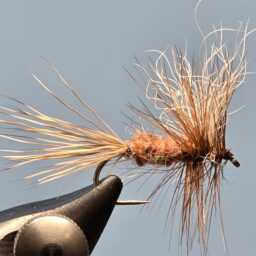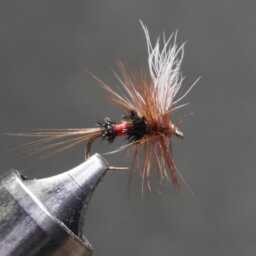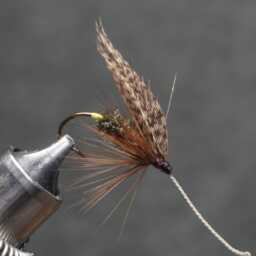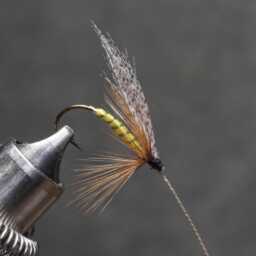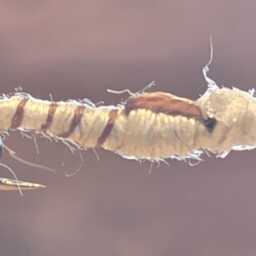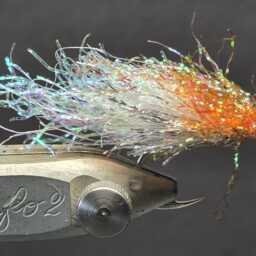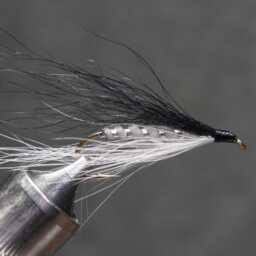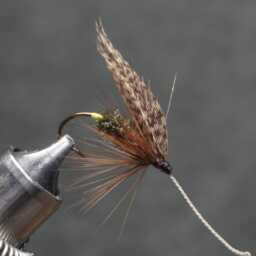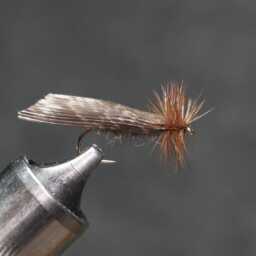The naturally black and white banded tails are highly valued for crafting small to medium-sized hair wing salmon and sea trout patterns. They also serve as an excellent material for lower wing layers on bucktail flies. These tails are dyed in various colors and can substitute squirrel tail effectively. Although they sometimes have dark tips that become visible after dyeing, the texture of these tails is not as similar to gray squirrel. Instead, it is silkier and straighter.
Bassariscus is a genus within the Procyonidae family, which includes two extant species: the ringtail, or ring-tailed cat (B. astutus), and the cacomistle (B. sumichrasti). Genetic studies have shown that Bassariscus is most closely related to raccoons, from which it diverged about 10 million years ago during the Tortonian Age of the Miocene. The divergence of Bassariscus into its current species occurred roughly two million years later, making it the procyonid genus with the earliest diversification. This genus also experienced further diversification during the Pliocene and Pleistocene, leading to the extinction of two species: Bassariscus casei and Bassariscus sonoitensis. Some taxonomies, due to the digitigrade stance of their legs compared to the plantigrade stance of other Procyonidae members, classify the genus under a separate family, Bassaricidae. The name “Bassariscus” is derived from the Greek word for fox, “bassaris,” with a Latin diminutive ending. The genus was named by Elliott Coues in 1887, following its initial description by Lichtenstein in 1830 under the name “Bassaris.” Coues also suggested “bassarisk” as the English term for animals in this genus. Bassariscus inhabits semi-arid areas in the southwestern United States, throughout Mexico, and moist tropical forests in Central America.
« Back to Glossary Index
